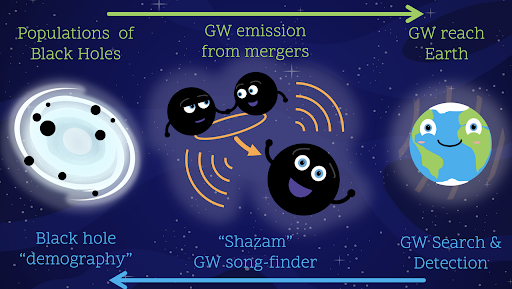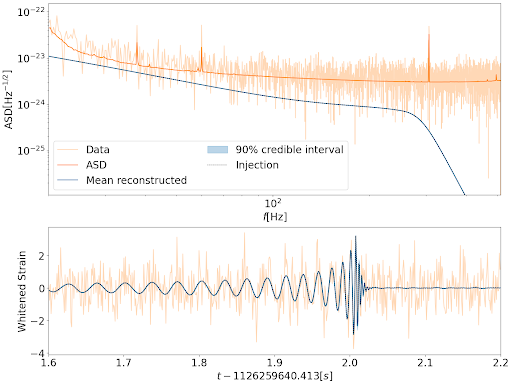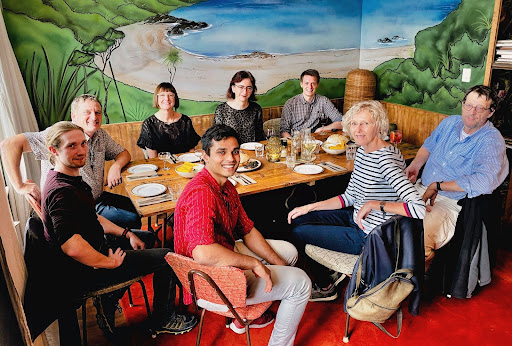This article was originally published by Avi Vajpeyi on the UoA Department of Statistics Spotlights.
Read more: A Review of the first NZ Summer School on Gravitational Waves by Avi VajpeyiA few weeks ago, the NZ Gravity group held its first Summer School on Gravitational Waves (GW), which aimed to provide a gentle introduction to the exciting field of GW astrophysics. The school was meant to be held at the University of Auckland, however, had to pivot online due to Cyclone Gabrielle. Fortunately, due to all of our time with online conferences over the last few years, this switch was made very smoothly, and the school still managed to provide an engaging and informative experience for all participants.
The program included lectures, tutorials, and interactive sessions designed to give participants a solid grounding in the fundamental concepts of gravitational wave research. I managed to make it into NZ before the cyclone hit, (phew!) and ran a tutorial on Bayesian parameter estimation for gravitational waves from binary mergers.

This tutorial was made to introduce students to how we can use python to code up priors and likelihoods to estimate posteriors. It dives into how we can interpret some common plots in the Bayesian parameter estimation work (e.g., ‘corner’ plots and posterior predictive checks) and then demonstrates how we can analyze real gravitational wave data.

Overall, the New Zealand GW Summer School provided an excellent opportunity for students and early-career researchers to learn from experts in the field, gain hands-on experience with real data, and build connections with other researchers in the gravitational wave community, despite the challenges posed by Cyclone Gabrielle. The organizers demonstrated a great deal of flexibility and resilience in adapting to the changing circumstances, and their efforts paid off in the form of an engaging and informative event for all participants.
